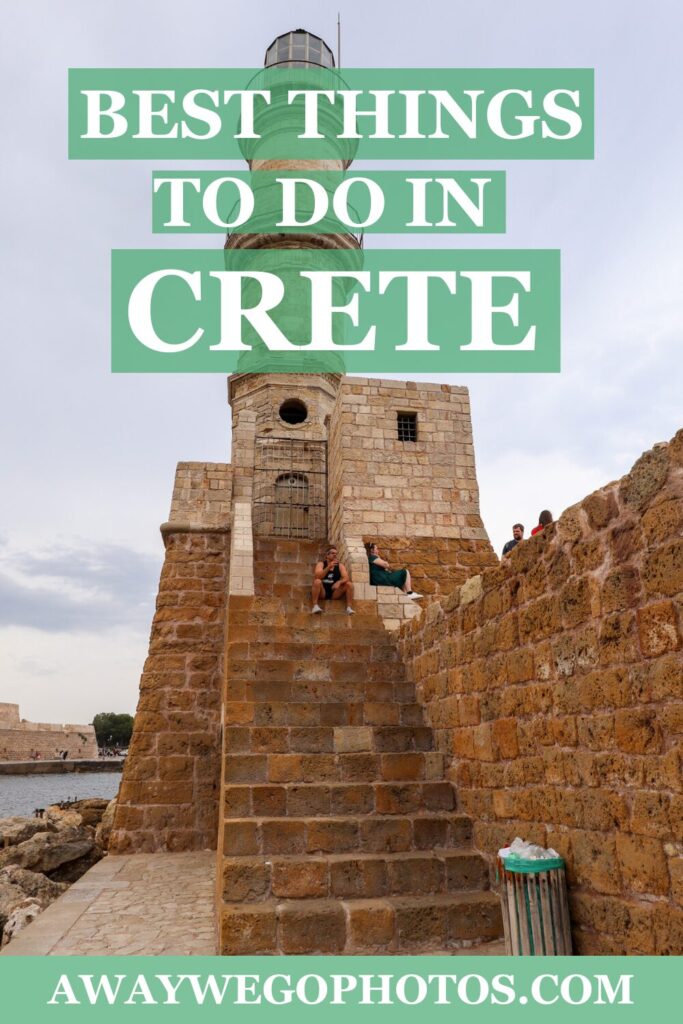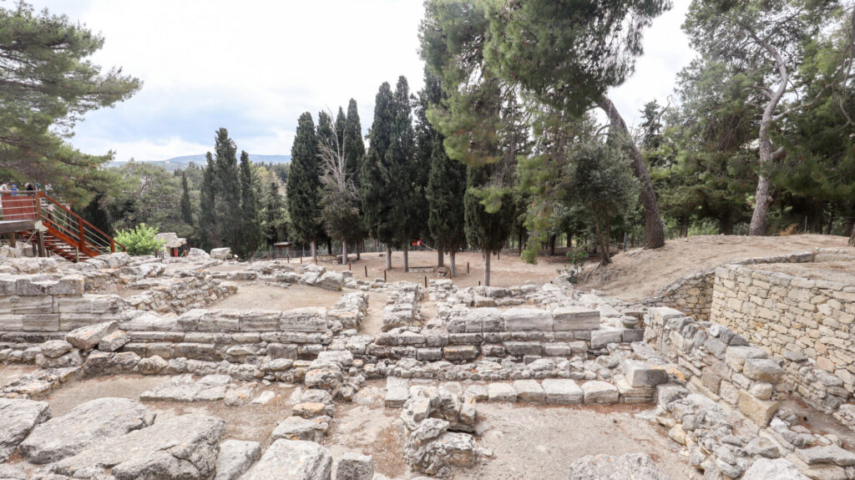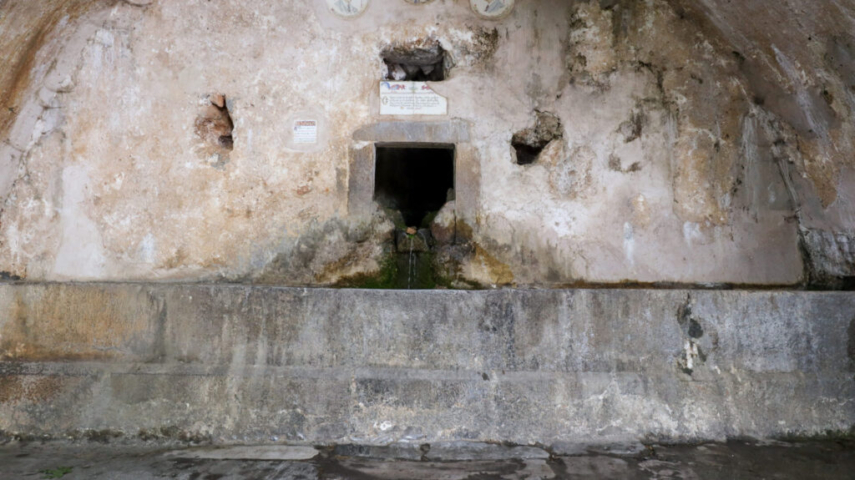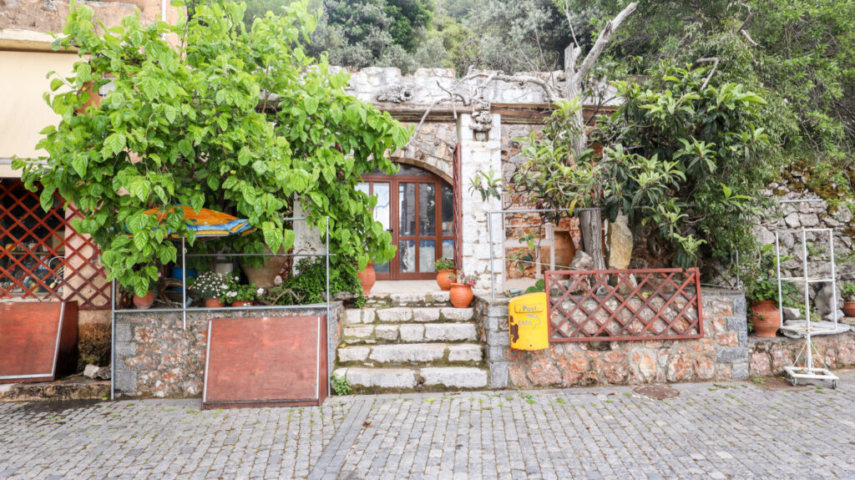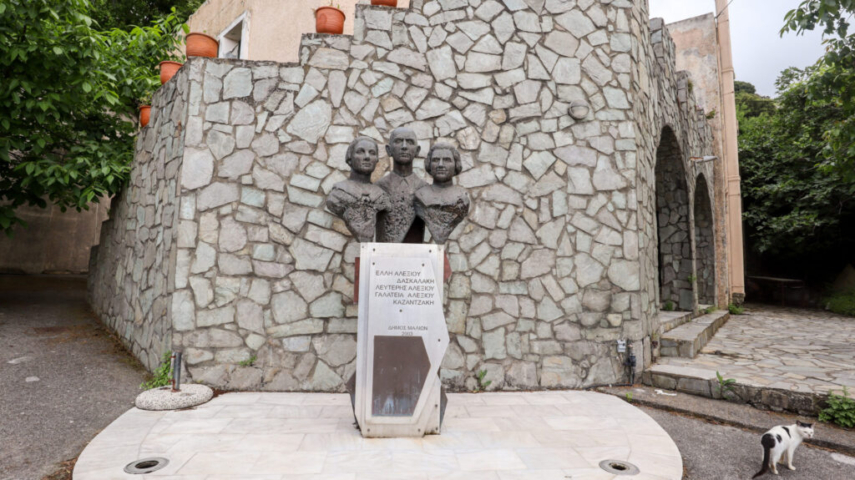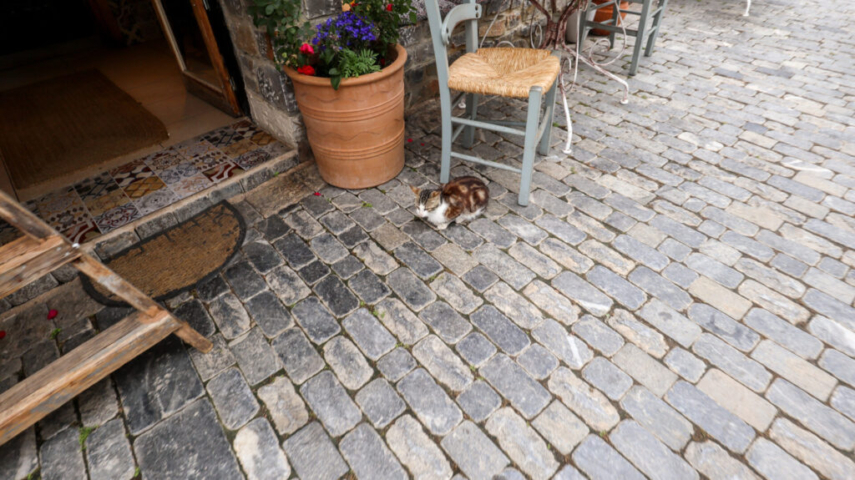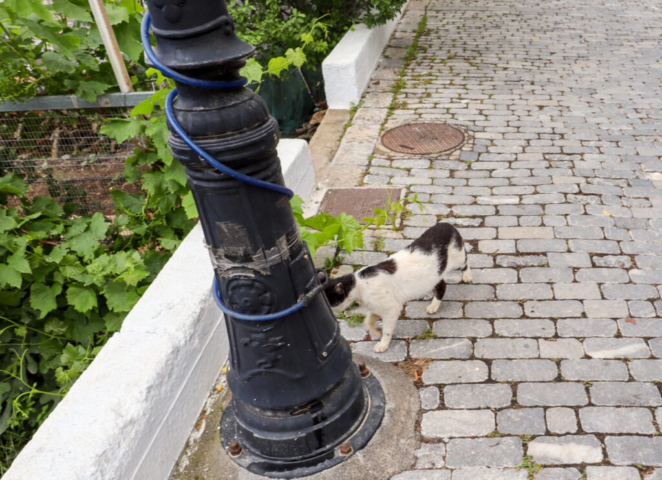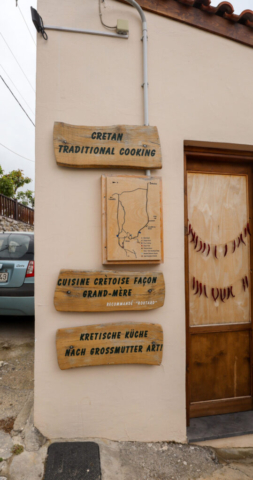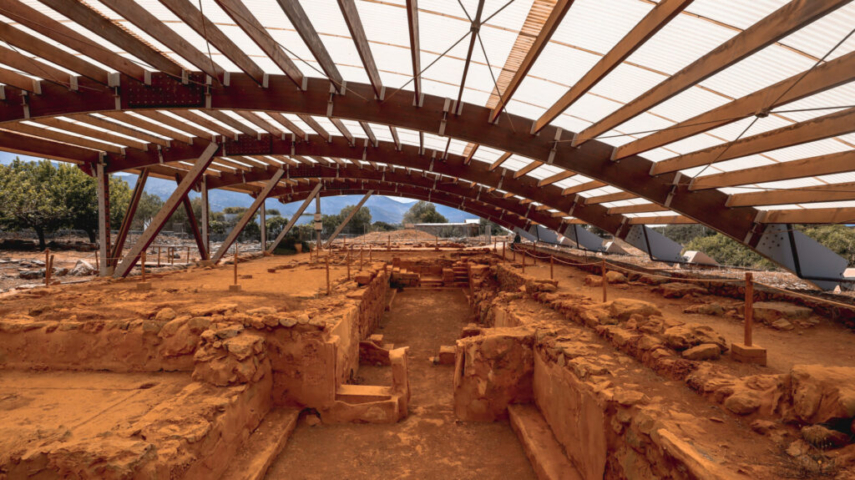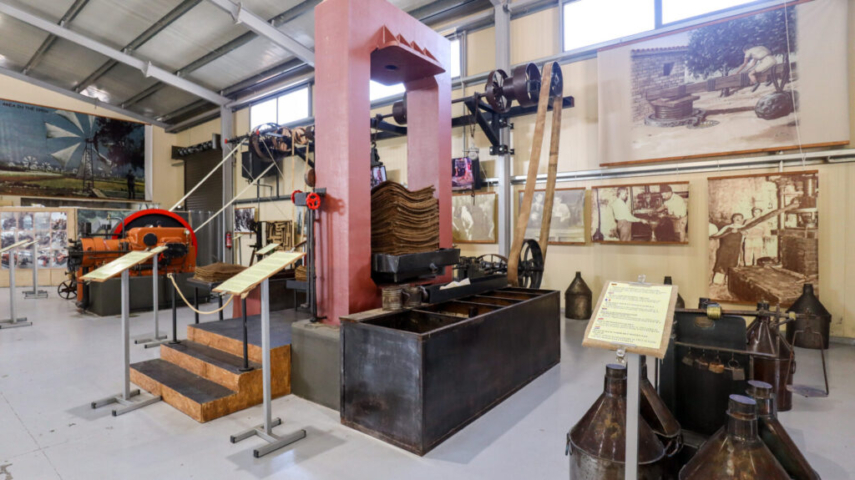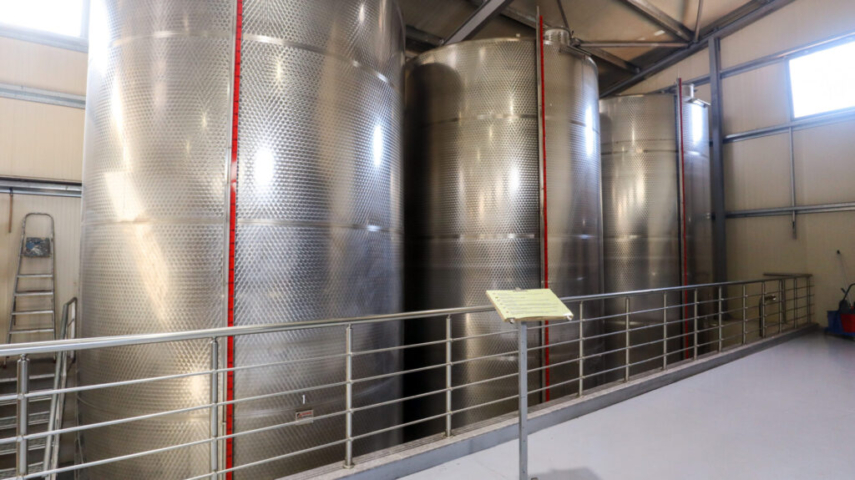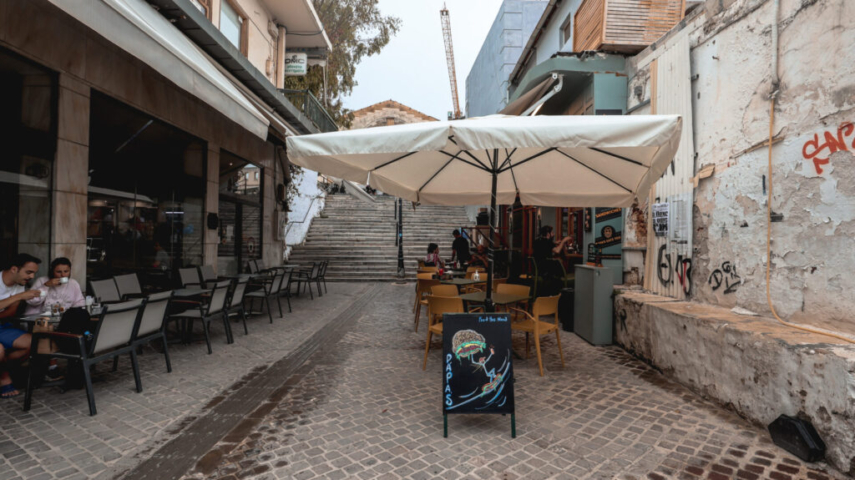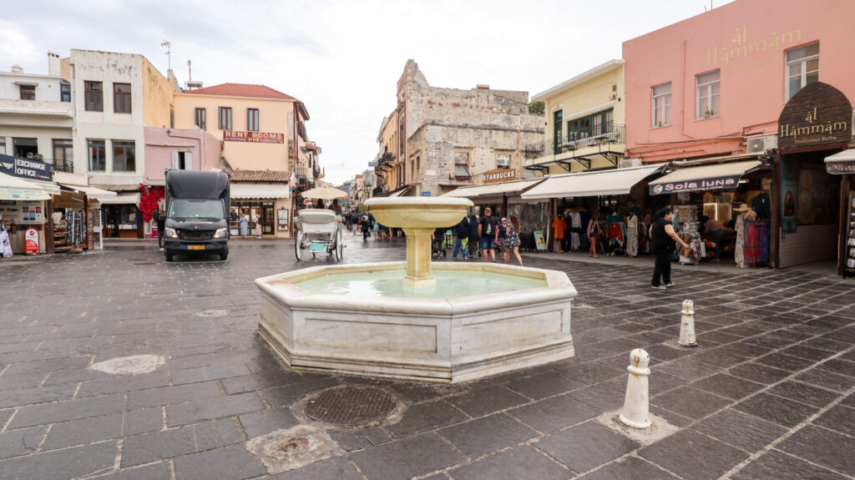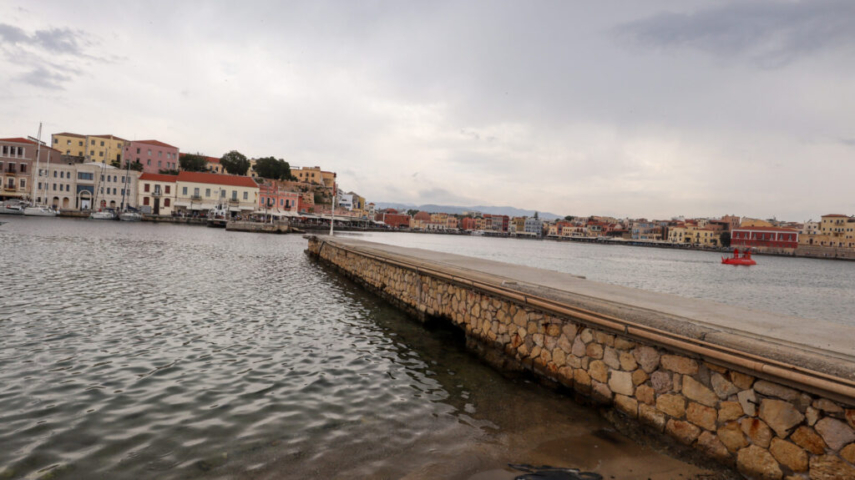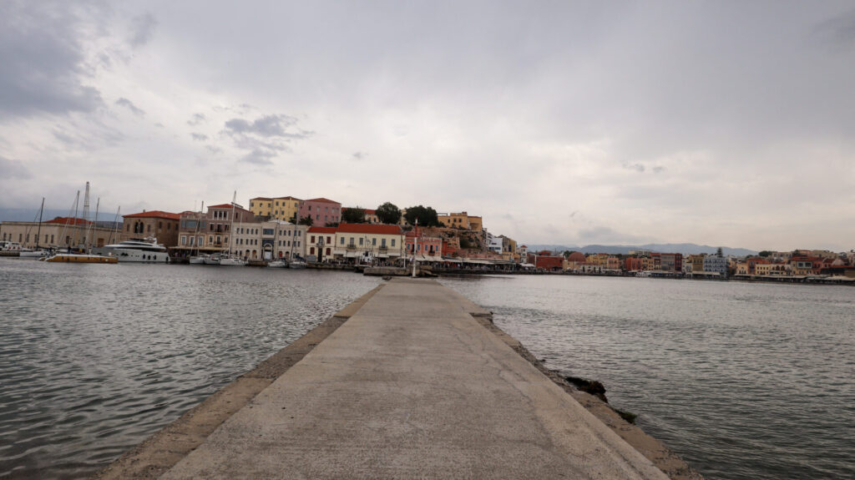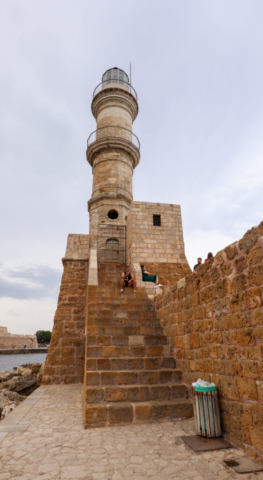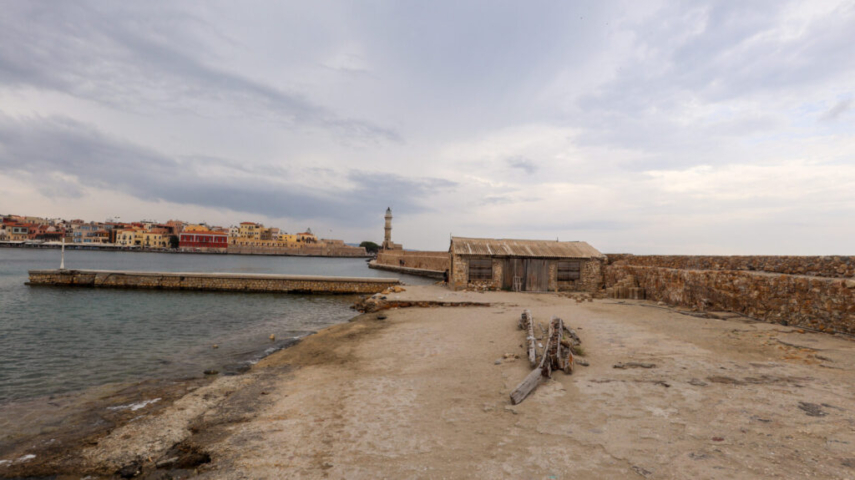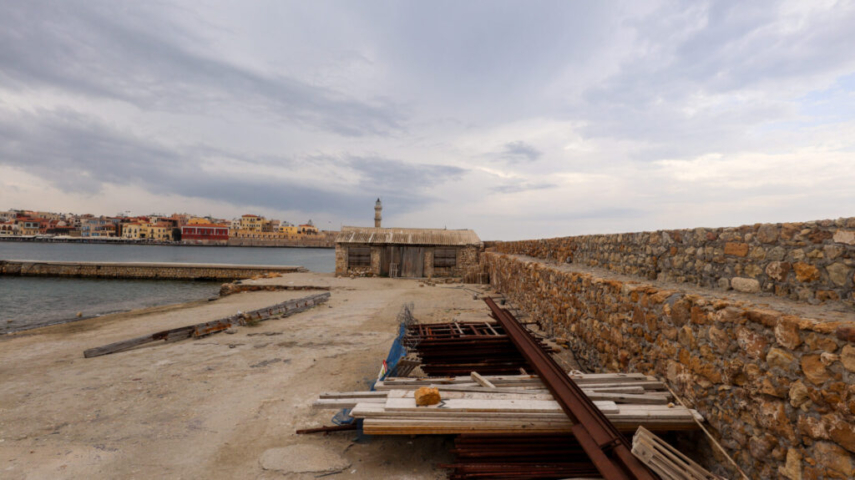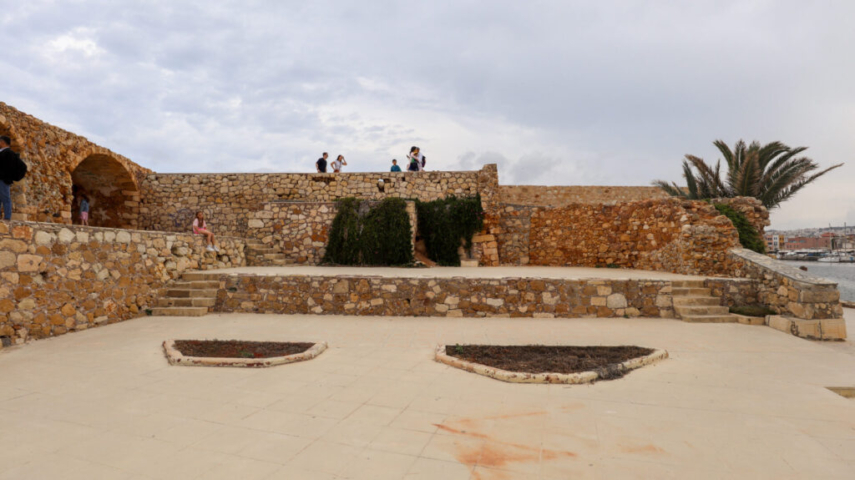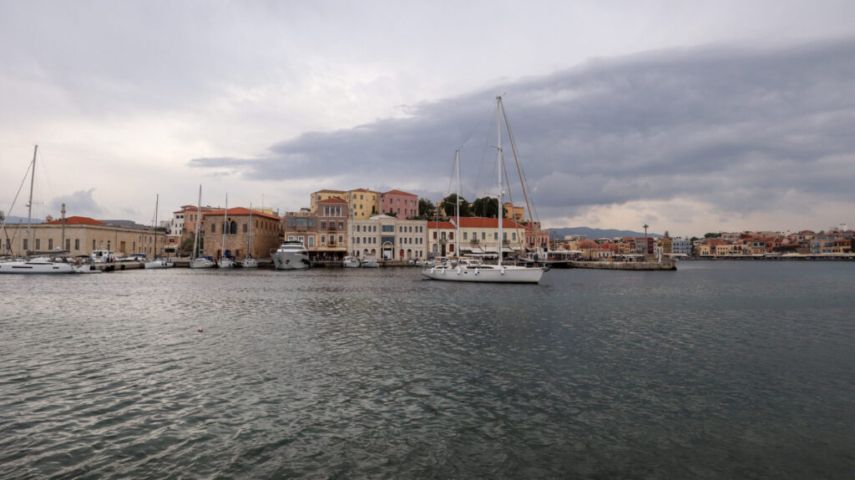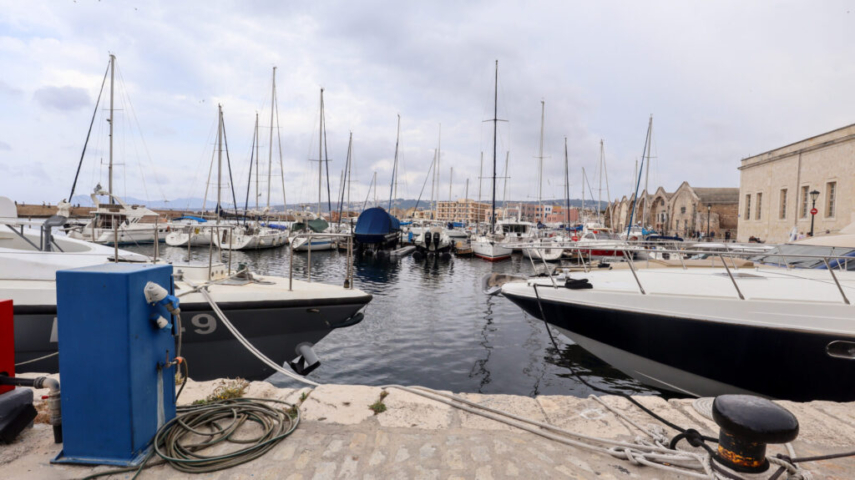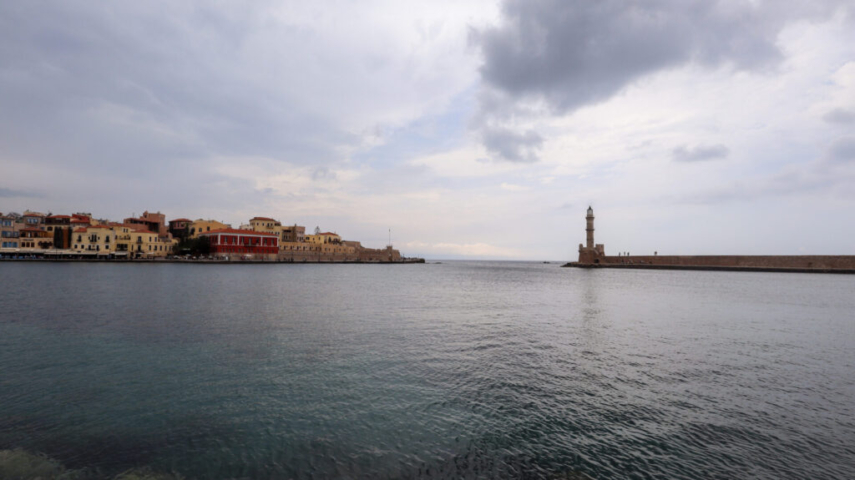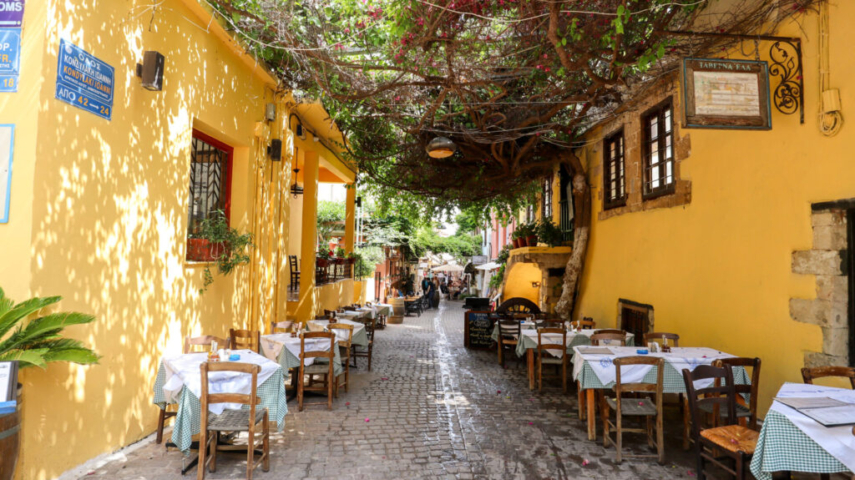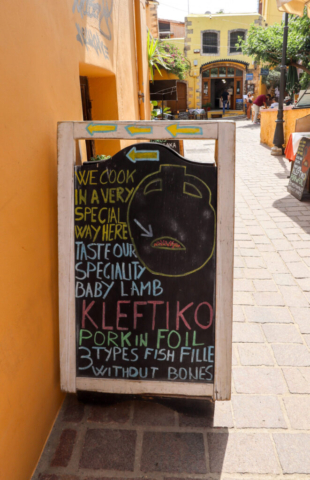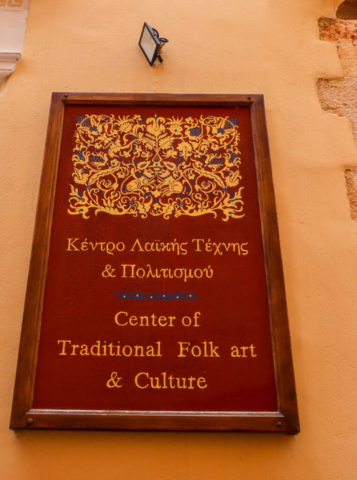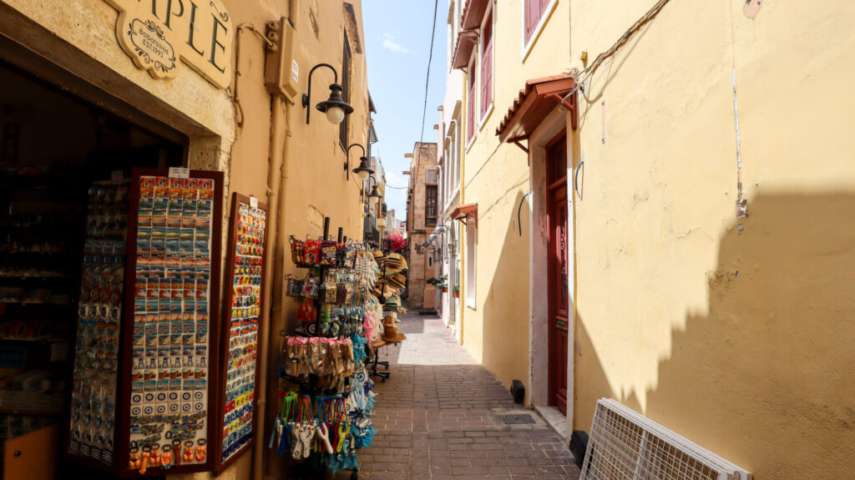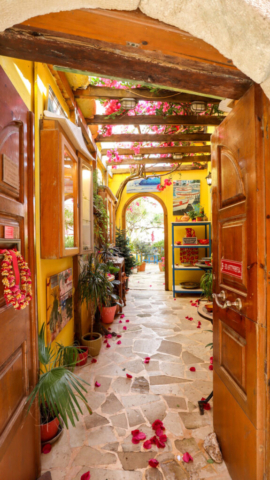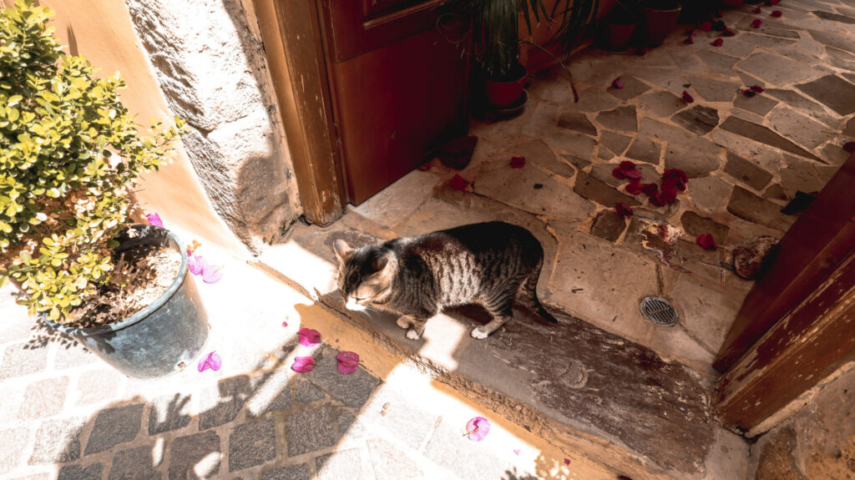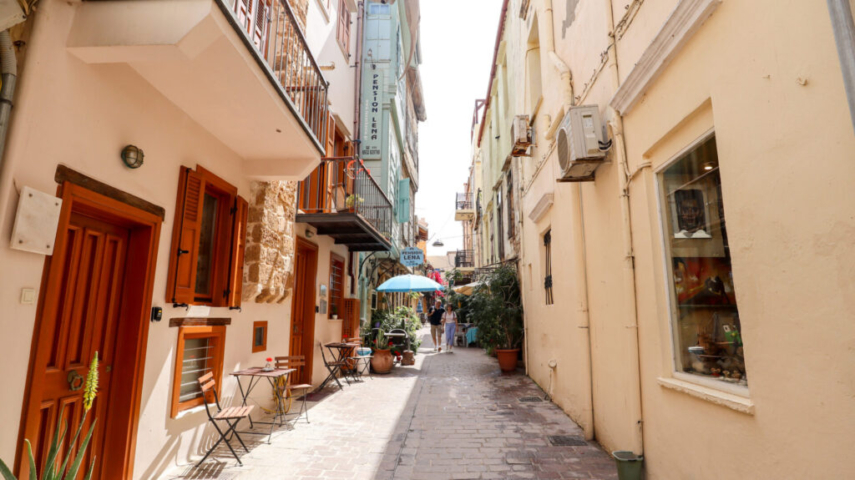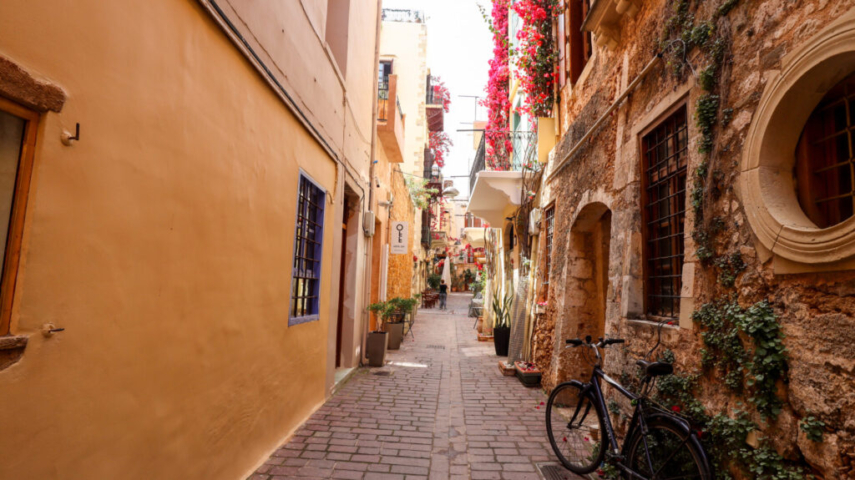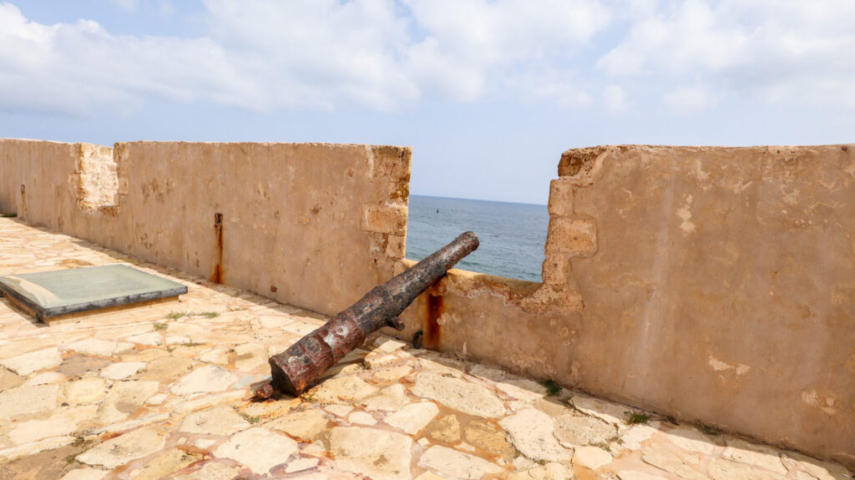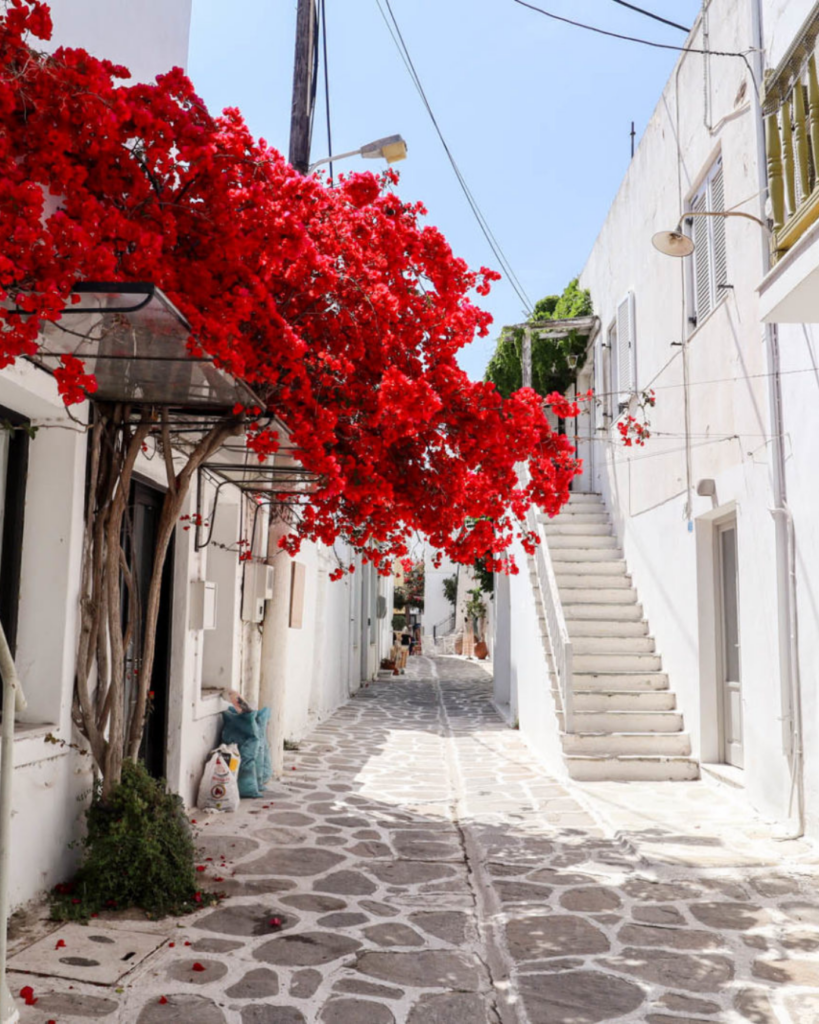Crete, the largest Greek island, boasts a rich history dating back thousands of years. Known as the birthplace of the Minoan civilization, Crete is steeped in myth and legend, including the tale of the Minotaur and the labyrinth of Knossos. The Minoans flourished from around 2700 to 1420 BCE, leaving behind remarkable palaces, such as the Palace of Knossos, adorned with vibrant frescoes and intricate architecture.
Throughout its history, Crete has been ruled by various civilizations, including the Mycenaeans, Romans, Byzantines, Venetians, and Ottomans, each leaving their mark on the island’s culture, architecture, and cuisine.
Today, Crete is a popular tourist destination, known for its stunning beaches, rugged landscapes, charming villages, and warm hospitality, making it a must-visit destination for travelers seeking history, culture, and natural beauty.
Where is Crete Island?
Crete is the largest and most populous of the Greek islands and is located in the eastern Mediterranean Sea. It lies south of the Aegean Sea, southeast of the mainland of Greece, and northeast of the island of Cyrenaica in Libya.
Key Facts about Crete Island
- Largest Greek Island: Crete is the largest island in Greece and the fifth-largest island in the Mediterranean Sea.
- Rich History: Crete is known as the birthplace of the Minoan civilization, one of the earliest advanced civilizations in Europe.
- Minoan Palaces: The island is home to several impressive Minoan palaces, including the Palace of Knossos, Phaistos, and Malia.
- Venetian Influence: Crete has a strong Venetian influence, reflected in its architecture, fortresses, and historic towns like Chania and Rethymno.
- Diverse Landscapes: Crete boasts diverse landscapes, including rugged mountains, fertile plains, stunning beaches, and picturesque villages.
- Mount Ida: The highest peak on Crete is Mount Ida, also known as Psiloritis, rising to an elevation of 2,456 meters (8,057 feet).
- Cuisine: Cretan cuisine is renowned for its freshness and simplicity, featuring locally sourced ingredients like olive oil, herbs, cheese, and seafood.
- Samaria Gorge: Crete is home to the Samaria Gorge, one of the longest gorges in Europe, offering breathtaking hiking opportunities.
- Mythology: According to Greek mythology, Crete was the birthplace of Zeus, the king of the gods, who was said to have been raised in a cave on Mount Ida.
- Tourism: Crete is a popular tourist destination, attracting visitors with its rich history, beautiful landscapes, warm climate, and vibrant culture.
[penci_related_posts title=”You Might Be Interested In” number=”4″ style=”grid” align=”none” displayby=”recent_posts” orderby=”random”]
Greek phrases
Here are 10 Greek phrases that you might find useful for speaking in Greece.
- Γεια σας (Yia sas) – Formal / Γεια (Yia) – Informal (Hello)
- Αντίο (Adio) (Goodbye)
- Ευχαριστώ (Efharisto) (Thank you)
- Παρακαλώ (Parakalo) (Please)
- Συγγνώμη (Signomi) (Excuse me / I’m sorry)
- Ναι (Nai) (Yes)
- Όχι (Ochi) (No)
- Τι κάνετε; (Ti kanete) – Formal / Τι κάνεις; (Ti kanis) – Informal (How are you?)
- Δεν καταλαβαίνω (Den katalaveno) (I don’t understand)
- Πού είναι…; (Pou ine…?) (Where is…?)
Why Should You Visit Crete Island
- Rich History: Explore the birthplace of the ancient Minoan civilization and discover its fascinating archaeological sites, including the Palace of Knossos.
- Stunning Beaches: Enjoy the crystal-clear waters and golden sands of Crete’s beautiful beaches, such as Elafonissi, Balos, and Falassarna.
- Scenic Landscapes: Experience diverse landscapes, from rugged mountains and lush valleys to olive groves and vineyards, perfect for outdoor activities like hiking and cycling.
- Charming Villages: Wander through picturesque villages with narrow cobblestone streets, traditional tavernas, and Venetian architecture, like Chania, Rethymno, and Agios Nikolaos.
- Delicious Cuisine: Indulge in Cretan cuisine, renowned for its fresh ingredients, olive oil, herbs, and local specialties like dakos, moussaka, and grilled seafood.
- Vibrant Culture: Immerse yourself in Cretan culture through traditional music, dance, and festivals, celebrating religious holidays and local traditions.
- Ancient Ruins: Explore ancient ruins and historical sites, including ancient cities, Byzantine churches, and Venetian fortresses scattered across the island.
- Warm Hospitality: Experience the renowned Cretan hospitality, with locals welcoming visitors with open arms and offering genuine warmth and kindness.
- Outdoor Adventures: Embark on outdoor adventures, from water sports like snorkeling and diving to exploring caves, gorges, and mountain trails.
- Relaxation: Unwind and recharge in Crete’s tranquil surroundings, with serene landscapes, peaceful villages, and luxurious resorts offering the perfect escape from the hustle and bustle of daily life.
Knossos
Knossos, is an ancient archaeological site famous for its association with the Minoan civilization. It was the center of Minoan culture and power, featuring a vast palace complex with intricate architecture, vibrant frescoes, and intriguing labyrinthine passages. Knossos offers a window into the advanced and enigmatic world of ancient Crete.
10 Key Facts about Knossos
- Minoan Capital: Knossos was the capital city of the Minoan civilization, one of the earliest advanced civilizations in Europe.
- Palace Complex: The site is dominated by a vast palace complex, which served as the administrative, religious, and economic center of Minoan Crete.
- Labyrinth: Legend has it that the palace contained a labyrinth where the mythical Minotaur was imprisoned, as depicted in Greek mythology.
- Arthur Evans: The British archaeologist Sir Arthur Evans excavated and partially reconstructed Knossos in the early 20th century, bringing it to international attention.
- Linear A Script: Knossos is associated with the Linear A script, a writing system used by the Minoans, which remains undeciphered to this day.
- Frescoes: The palace walls were adorned with vibrant frescoes depicting scenes of everyday life, religious rituals, and mythological motifs.
- Advanced Engineering: Knossos boasted advanced engineering techniques, including elaborate drainage systems, multi-story buildings, and earthquake-resistant architecture.
- Cultural Influence: The Minoan civilization of Knossos had a significant influence on later Greek culture, including art, architecture, and religious practices.
- Decline: Knossos declined in the Late Bronze Age, possibly due to natural disasters, invasion, or internal strife.
- UNESCO World Heritage Site: Today, Knossos is a UNESCO World Heritage Site and one of the most visited archaeological sites in Greece, offering insights into the ancient history and culture of Crete.
Krasi Village
Krasi Village is a charming settlement nestled in the mountains of Crete, Greece. Known for its traditional architecture, cobblestone streets, and picturesque surroundings, Krasi offers visitors a glimpse into authentic Cretan village life. Highlights include the ancient plane tree, the village square, and panoramic views of the countryside.
Malia Palace Archaeological Site
Malia Palace Archaeological Site, was once a thriving Minoan settlement. Dating back to the Bronze Age, the palace complex features remnants of grand architecture, including ceremonial courts, royal apartments, and a central courtyard. It offers insights into the advanced civilization of ancient Crete.
Omalia Olvie Press
Omalia Olive Press is a historic olive oil production facility situated in Crete, Greece. Renowned for its traditional methods and high-quality products, the press offers tours where visitors can learn about the olive oil-making process, sample various olive oils, and appreciate the importance of olives in Cretan culture and cuisine.
Chania
Chania, is a historic city with a rich and diverse history. It has been inhabited since ancient times and has been influenced by various civilizations, including the Minoans, Venetians, Ottomans, and Greeks. Today, it boasts charming architecture, picturesque harbor, and vibrant culture.
Old Town of Chania
The Old Town of Chania, is a captivating blend of Venetian, Ottoman, and Greek influences. Its narrow cobblestone streets, colorful buildings, and historic landmarks, such as the Venetian harbor and Turkish mosque, offer visitors a glimpse into its rich and diverse history.
Maritime Museum of Crete
The Maritime Museum of Crete, located in Chania, Greece, showcases the island’s rich maritime history. Housed in a former Venetian building, the museum displays exhibits on naval exploration, shipbuilding, and maritime trade. Visitors can explore ship models, navigational instruments, and artifacts dating back to ancient times, offering insights into Crete’s seafaring past.
Like this Post? Save it on Pinterest!
